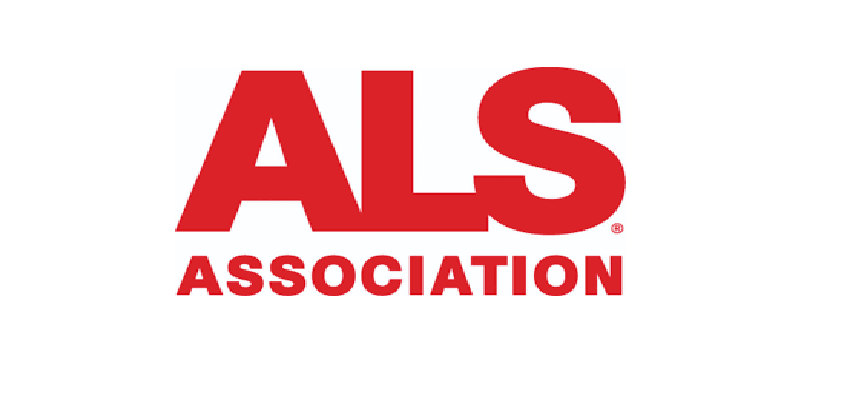EVEREST phase 4 study of Dupixent shows positive reults over Xolair
Overview
- Sanofi and Regeneron Pharmaceuticals, Inc. presented positive results from the EVEREST phase 4 study of adults with severe chronic rhinosinusitis with nasal polyps (CRSwNP) and coexisting asthma. In the study, Dupixent (dupilumab) outperformed Xolair (omalizumab) on all primary and secondary efficacy endpoints of CRSwNP, and in all asthma-related endpoints.
- The data are from the first-ever presented head-to-head respiratory study with biologic medicines and were shared in a late-breaking oral presentation at the 2025 European Academy of Allergy and Clinical Immunology (EAACI) Annual Congress, Glasgow, UK.
Expert comments from the lead investigator
- Eugenio De Corso, MD, PhD, ENT Specialist, Otolaryngology, head and neck surgery, Rhinology, A. Gemelli University Hospital Foundation, IRCSS, Rome, Italy, and lead investigator of the study, said: “Patients suffering from chronic rhinosinusitis with nasal polyps often live with the constant obstruction of their nasal passages that can lead to burdensome nasal congestion and loss of smell.
- What’s more, a majority of these individuals also have asthma that can substantially impact their quality of life. EVEREST is the first-ever trial to demonstrate the superiority of Dupixent over Xolair on CRSwNP endpoints in patients with coexisting asthma, along with generally similar safety profiles. Together, these Dupixent outcomes provide important insights that will help guide patients and physicians through the treatment decision-making process.”
The EVEREST study
- In the EVEREST study, 360 adults with severe, uncontrolled CRSwNP and coexisting asthma were randomized to receive Dupixent 300 mg (n=181) every two weeks or a weight- and immunoglobulin E (IgE) level-based dosing regimen of omalizumab (n=179) every two or four weeks.
- Both Dupixent and omalizumab were added to background mometasone furoate nasal spray (MFNS).
Primary and secondary endpoint results in CRSwNP for patients treated with Dupixent compared to omalizumab at 24 weeks were as follows with differences were seen as early as four weeks:
• 1.60-point superior reduction in nasal polyp size, a primary endpoint (p<0.00011)
• 8.0-point superior improvement in ability to identify different smells, a primary endpoint (p<0.00011). More patients on Dupixent improved above the
anosmia threshold compared to omalizumab
- 0.58-point superior reduction in nasal congestion/obstruction, a key secondary endpoint (p<0.00011)
- 0.81-point superior improvement in loss of smell, a key secondary endpoint (p<0.00011)
- 1.74-point superior reduction in symptom severity (p<0.00011)
- 12.7-point difference in health-related quality of life (p<0.00012)
- 31.27-point difference in peak nasal inspiratory flow (p<0.00012)
- 1.87 difference in overall severity of rhinosinusitis (p<0.00012)
Asthma endpoint results for patients treated with Dupixent compared to omalizumab at 24 weeks were as follows, with differences seen as early as four weeks:
- 150 mL difference in lung function (pre-bronchodilator FEV1; p=0.0032)
- 0.48-point difference in asthma control (p<0.00012)
The safety profile from EVEREST study
- The safety results in the EVEREST study were generally consistent with the known safety profile of Dupixent in its approved respiratory indications, with similar overall rates of adverse events (AEs) observed between Dupixent (64%) and omalizumab (67%).
- Serious AEs were reported in 2% and 4% of patients treated with Dupixent and omalizumab, respectively.
- Additionally, AEs leading to study discontinuation were reported in 3% of Dupixent patients and 1% of omalizumab patients.
EVEREST Phase 4 Study: Dupixent vs. Omalizumab in CRSwNP & Asthma
- Randomized, double-blind study comparing Dupixent and omalizumab in adults with severe, uncontrolled chronic rhinosinusitis with nasal polyps (CRSwNP) and coexisting asthma.
- 24-week treatment period with Dupixent (300 mg every two weeks) or omalizumab (75-600 mg every two or four weeks), alongside mometasone furoate nasal spray (MFNS).
- Primary endpoints: Change from baseline in nasal polyp score (0-8) and smell identification test (0-40).
- Secondary endpoints: Improvements in nasal congestion, loss of smell, symptom severity, peak nasal inspiratory flow, and asthma control.
- Dupixent demonstrated superiority over omalizumab in reducing nasal polyp size and improving smell identification ability.
- Benefits observed as early as 4 weeks, with statistically significant improvements across all primary and secondary endpoints.
About the drug: Dupixent (dupilumab)
- Dupixent (dupilumab) is a fully human monoclonal antibody that inhibits the signaling of the interleukin-4 (IL4) and interleukin-13 (IL13) pathways and is not an immunosuppressant.
- The Dupixent development program has shown significant clinical benefit and a decrease in type 2 inflammation in phase 3 studies, establishing that IL4 and IL13 are two of the key and central drivers of the type 2 inflammation that plays a major role in multiple related and often co-morbid diseases.
Dupixent: Approvals in other countries
- Dupixent has received regulatory approvals in more than 60 countries in one or more indications including certain patients with atopic dermatitis, asthma, CRSwNP, eosinophilic esophagitis, prurigo nodularis, chronic spontaneous urticaria, and chronic obstructive pulmonary disease in different age populations.
- More than one million patients are being treated with Dupixent globally.
The joint development of drug
- Dupilumab is being jointly developed by Sanofi and Regeneron under a global collaboration agreement.
- To date, dupilumab has been studied across more than 60 clinical studies involving more than 10,000 patients with various chronic diseases driven in part by type 2 inflammation.
Dupilumab studies for other indications
- In addition to the currently approved indications, Sanofi and Regeneron are studying dupilumab in a broad range of diseases driven by type 2 inflammation or other allergic processes in phase 3 studies, including chronic pruritus of unknown origin, bullous pemphigoid, and lichen simplex chronicus.
- These potential uses of dupilumab are currently under clinical investigation, and the safety and efficacy in these conditions have not been fully evaluated by any regulatory authority.
About the company: Regeneron
Regeneron is a leading biotechnology company that invents, develops and commercializes life-transforming medicines for people with serious diseases.
About the company: Sanofi
Sanofi is an R&D driven, AI-powered biopharma company committed to improving people’s lives and delivering compelling growth.

Optimize Your trial insights with Clival Database.
Are you exhausted from the uncertainty of trial insights pricing? Clival Database ensures the clarity in the midst of the global scenario for clinical trials to you.Clival Database is one of the best databases that offers an outstanding number of clinical trial data in terms of 50,000+ molecules and from primary regulatory markets as well as new entrants like Indian and Chinese markets.
With Clival, you get accurate positioning of historical sales data, patent database, company profiling, safety & efficacy, and prediction of launch of new innovative molecules helping you to align your research and driving down the cost.
To add value, we further break down our analytics for you so that improving your operational effectiveness; optimizing your clinical trials; and offering you accurate and high-quality data at lowest possible prices becomes possible.
Elevate your trial success rate with the cutting-edge insights from Clival database.
Check it out today and make more informed sourcing decisions! Learn More!







